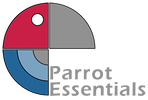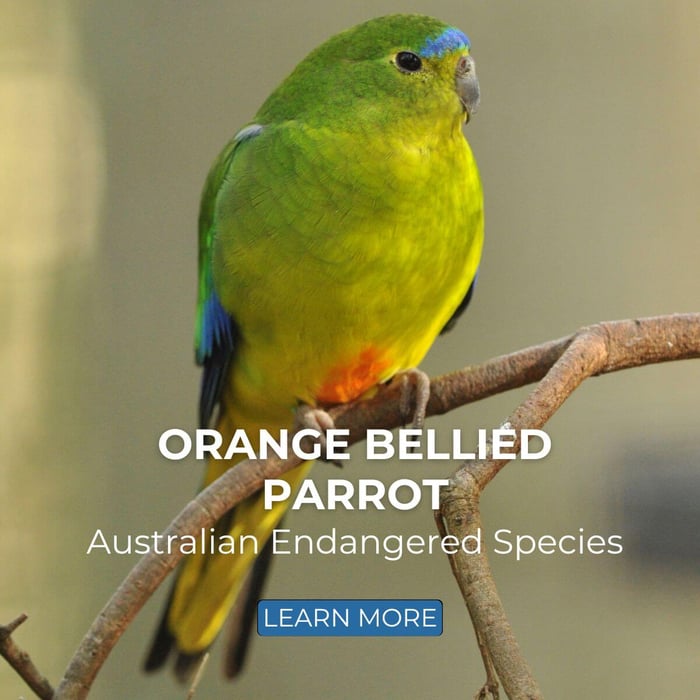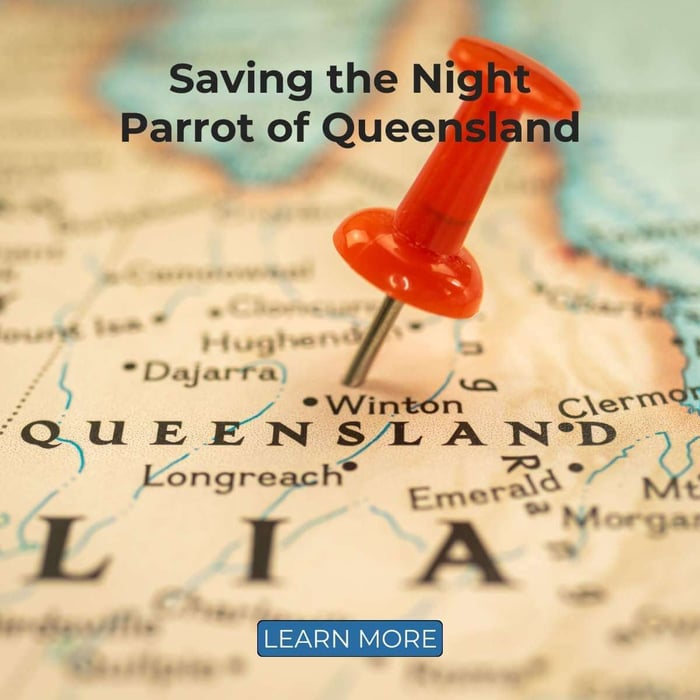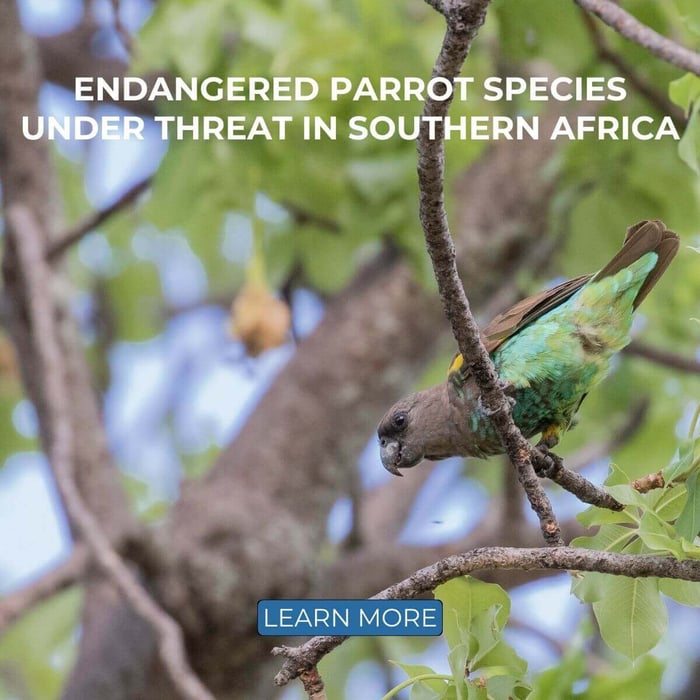Superb Parrot Habitat Renewal
The Superb Parrot, with its vivid green and yellow feathers and distinctive orange blaze, is an iconic species of the Australian landscape. However, this stunning bird is facing a significant threat due to the rapid loss of its natural habitat. Efforts to conserve and restore the habitat of the Superb Parrot have intensified in recent years, especially in the regions of New South Wales (NSW) where these birds are most vulnerable.

The Superb Parrot’s Plight
The Superb Parrot (Polytelis swainsonii) has seen a drastic reduction in its population over the past century, with fewer than 10,000 individuals remaining in the wild. The species is now listed as vulnerable in both NSW and Australia. The primary factors contributing to this decline include habitat loss due to land clearing, degradation of nesting and foraging areas, and road kills caused by feeding on grain spills near roads.
Climate Change and Habitat Loss
One of the primary drivers of habitat loss for the Superb Parrot is climate change. Rising temperatures, altered rainfall patterns, and increased frequency of extreme weather events have all contributed to the degradation of the parrot's natural environment. As the climate continues to change, the availability of suitable nesting sites and food sources for the Superb Parrot has diminished, leading to a decline in their population.
In addition to climate change, human activities such as deforestation, land clearing, and urbanization have further exacerbated the loss of habitat. The clearing of large areas of native vegetation for agriculture and development has resulted in the destruction of critical nesting sites, leaving the parrots with fewer places to breed and raise their young.
The Aim of the Habitat Renewal Project
To combat the rapid decline of the Superb Parrot population, authorities in NSW have embarked on an ambitious habitat renewal project. The primary aim of this project is to create 200 new artificial hollows in standing trees across the region. These artificial hollows will serve as new nesting sites for the vulnerable Superb Parrot, providing them with safe and secure habitats in areas that have been severely impacted by habitat loss.
The significance of these artificial hollows cannot be overstated. In the wild, natural hollows take decades, if not centuries, to form. It can take up to 100 years for a small hollow to develop naturally and 200 to 300 years for large hollows that can support larger bird species, such as cockatoos and owls. The slow natural development of these hollows poses a significant challenge to the survival of the parrots, which relies heavily on these sites for nesting.

Creating Safe Havens Away from Roads
One of the major threats to the Superb Parrot is road-related fatalities. The parrots are known to feed on grain near roads, and their slow takeoff speed makes them particularly vulnerable to being hit by vehicles. This has led to a significant number of road kills, further endangering the already vulnerable population.
To address this issue, the habitat renewal project has strategically placed the new artificial hollows in trees that are located as far away from roads as possible. These trees are situated in areas that are rich in vegetation and offer abundant feeding grounds, ensuring that the parrots can thrive without the risk of being struck by vehicles. By creating safe havens in more secluded areas, the project aims to reduce the incidence of road kills and provide a more secure environment for the parrots to breed and flourish.
The Benefits of the Hollow Technique
The hollow technique being employed in this project is a game-changer for the conservation of the Superb Parrot. This method was introduced in the region following the Hollows for Habitat forums held in Dubbo and Orange. The forums brought together experts and stakeholders to discuss innovative solutions for creating artificial hollows that could support native bird species, including the Superb Parrot.
According to Mr. Callan, the project officer overseeing the habitat renewal initiative, the hollow technique is not only beneficial for the parrots but also for other native bird species that rely on hollows for nesting. By fast-tracking the creation of artificial hollows, the project is helping to mitigate the loss of natural habitats and providing a lifeline for these birds in the face of mounting environmental challenges.

The Restoring Superb Parrot Flyways Project
One of the key initiatives to address these challenges is the "Restoring Superb Parrot Flyways" project in the Mulwala-Savernake district of the NSW Murray region. This project, running from 2020 to 2023, has focused on restoring and connecting critical foraging habitats for the parrot. By planting and directly seeding native food plants like Gold-dust Wattle, Silver Wattle, and various grasses, the project has worked to enhance the availability of essential resources for the parrots. Additionally, creating revegetation flyways has improved the connectivity between breeding and foraging habitats, which is crucial for the survival of these birds.
Greening Australia's Role in Habitat Restoration
In the Riverina region, Greening Australia has led another significant effort to restore the habitat of the Superb Parrot. Since 2017, Greening Australia has partnered with local landholders, government agencies, and community groups to restore over 1,000 hectares of habitat. This includes direct seeding of native species and planting more than 40,000 trees and shrubs. The project also protects existing habitats by fencing off hollow-bearing trees that are crucial for the parrots' breeding.
These restoration efforts have not only provided new habitats for these parrots but have also offered additional benefits to local agriculture by creating windbreaks and improving soil health. The involvement of local communities has been a critical component of the project's success, with landholders actively participating in conservation activities and benefitting from the environmental improvements on their properties.

Community Involvement and Future Outlook
Community engagement has been a cornerstone of the conservation efforts. Projects like the "Superb Day Out" annual census in the Murrumbidgee Valley National Park involve volunteers in monitoring the Superb Parrot population, providing valuable data that informs ongoing conservation strategies. The success of these projects highlights the importance of collaboration between government agencies, conservation groups, landholders, and the wider community.
Looking ahead, the continued success of these habitat restoration projects will depend on sustained community involvement and strategic partnerships. The achievements so far provide hope that the Superb Parrot population can stabilize and even grow, ensuring that future generations can enjoy the sight of these magnificent birds in the wild.
For those interested in contributing to the conservation efforts, there are numerous ways to get involved, from participating in local monitoring programs to supporting habitat restoration projects. More information can be found through organizations like Greening Australia and local land services in NSW.
In conclusion, the concerted efforts to restore the habitat of the parrot are making significant strides in securing the future of this vulnerable species. By protecting existing habitats, creating new ones, and fostering community engagement, there is hope that the Superb Parrot will continue to thrive in its natural environment.




